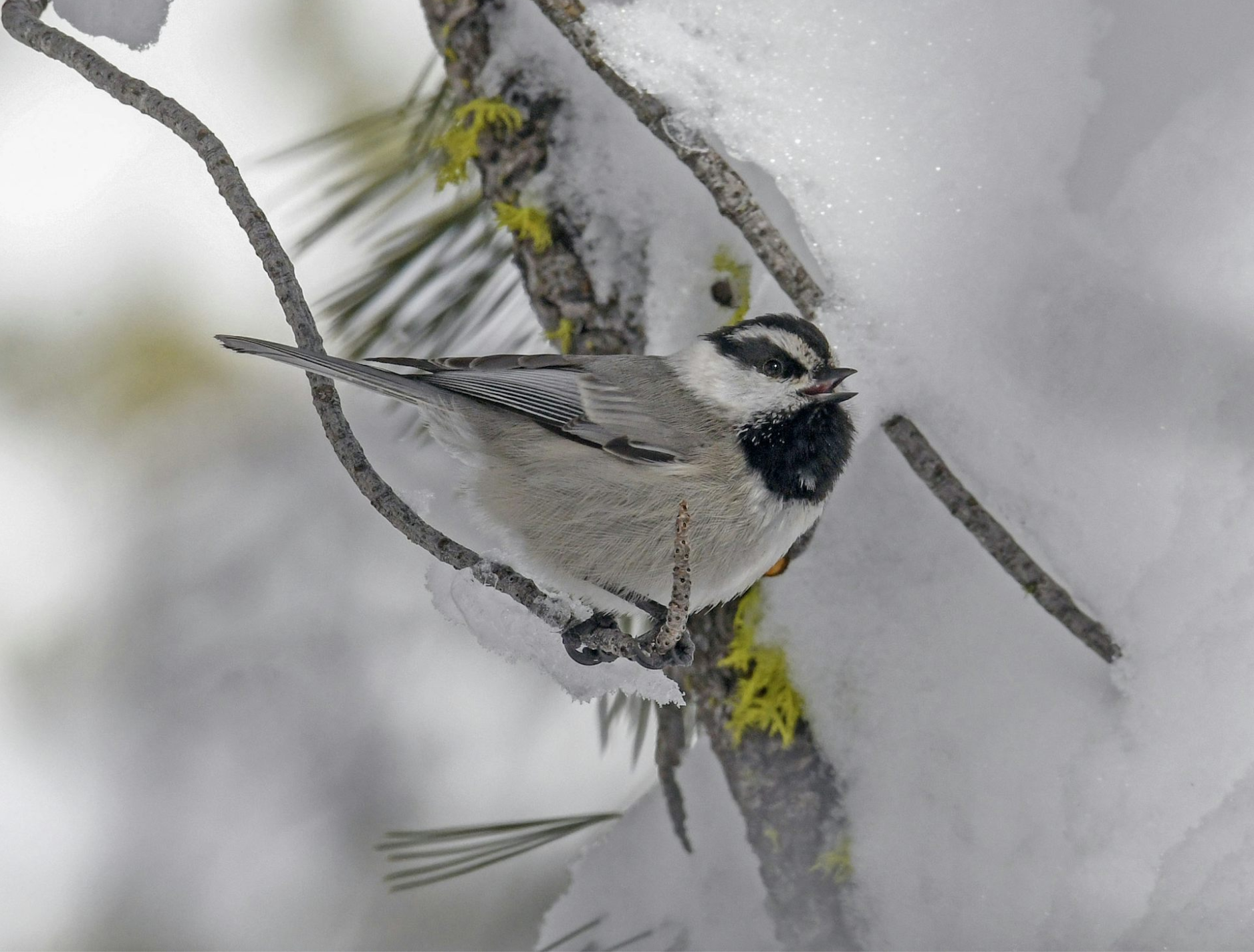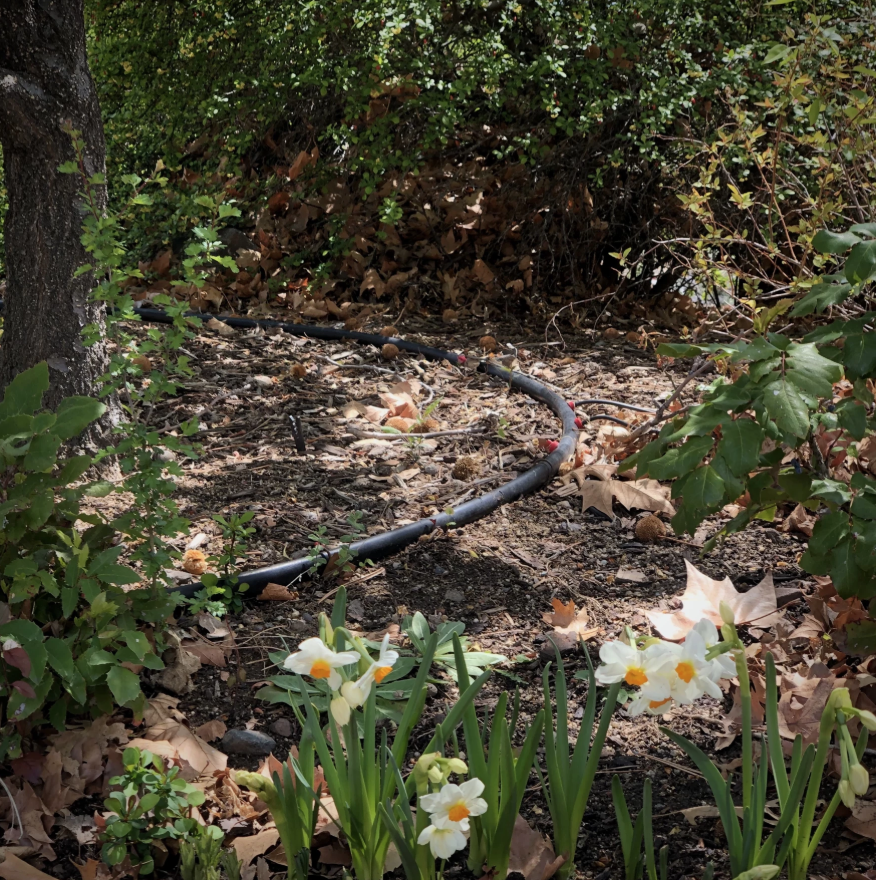This story was shared with permission from KUNR Public Radio. For an audio version of the story, please visit the KUNR website. Above: Goats are powerful landscaping tools when it comes to removing invasive species and reducing wildfire fuels. Ali Dickson|KUNR.
Near the Whites Creek Trailhead in South Reno, 900 wooly sheep basked in a springtime menu of invasive cheatgrass. For almost 15 years, the U.S. Forest Service has partnered with Borda Land and Sheep Company to target fuels reduction. These sheep are brought into Forest Service areas each spring to eat plants that would otherwise spread invasive seeds or become wildfire hazards.
Between April and June, the sheep munch on over 4,000 acres of plants across Reno, Carson City and Douglas County. Cheatgrass, which is an annual plant, grows its seeds in the summer, so removing it before the seeds disperse means reducing invasive species in the area. Studies show that grazing sheep reduce fuel loads and create improved successes for crews during wildfires.
These four-legged firefighters consisted of female ewes and their babies, but they couldn’t be spotted in the woods. They weren’t lost, but one might say they were “on the lam.”
But while the sheep in South Reno were out of sight, North Reno offered an alternative in plain view: goats.
“Goats are way different than sheep or cattle,” said Denton Cook, owner of High Desert Graziers, a grazing outfitter that uses goats to control weeds and wildfire fuels.
In the Somersett homeowners association, Cook oversees 230 white, brown and black goats fenced in a shrubby canyon between neighborhoods. He travels with them to areas that need fuel reduction, and these goats have a hunger for it.
“They eat everything, and when I say everything, basically their main menu is everything that’s non-native and invasive. And they’re the only livestock that’ll eat cheatgrass at any stage – when it’s green, when it turns red and then when it turns brown,” Cook said .
In addition to reducing invasive species in the neighborhood, Cook said his goats put in some serious hours swallowing up growing wildfire fuel.
“There’s 230 workers out there. They work seven days a week, 15 to 18 hours a day no matter what, rain or shine,” he said.
The days and seasons may be long, but Cook said he started his business to help his community, especially with ever-growing wildfire risk.
“Especially after those fires in L.A., you could see what could happen. You know, it’s devastating. To me that’s basically why we got into this,” Cook said.
As for the goats, they kept to themselves until asked about their season. One volunteer stopped eating long enough to offer two quick snorts before returning to his food.
Cook’s translation? “They love it.”
The goats will be in Somersett for a month. And if you happen to see the sheep in Whites Creek, consider yourself lucky – they can be pretty baaaashful.
Ali Dickson is the 2025 spring intern for KUNR and the Hitchcock Project for Visualizing Science. She is a student in the master’s program at the Reynolds School of Journalism.






